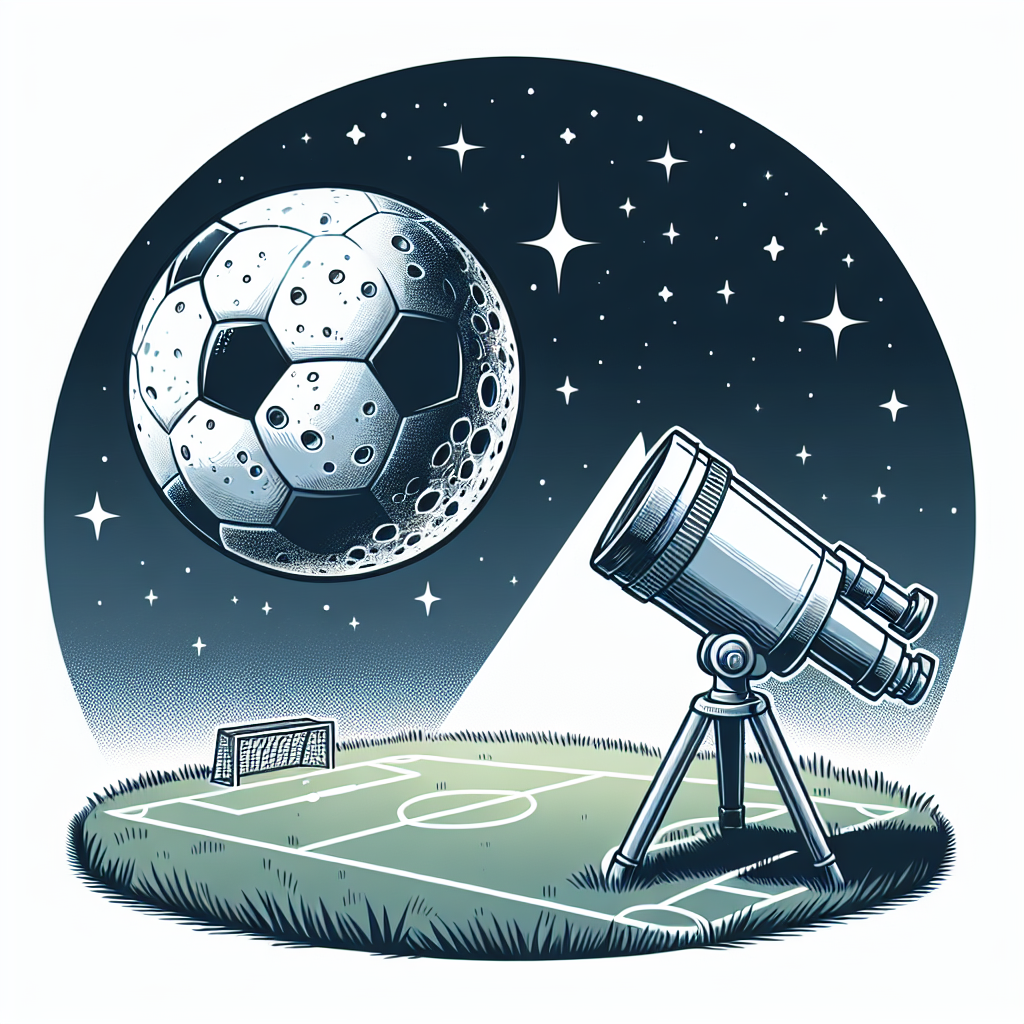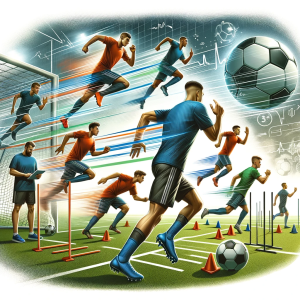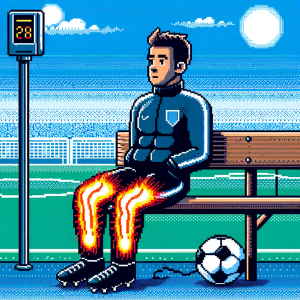
The Intersection of Soccer and Astronomy
Soccer, widely regarded as ‘The Beautiful Game’, has seen a remarkable evolution not only in terms of tactics and athleticism but also through the integration of scientific principles. The recent advancements in astronomy and space sciences are playing an unexpected yet fascinating role in shaping modern soccer strategies and player development. This week’s exploration into Soccer Science unveils how scientific insights from astronomy are revolutionizing the sport.
The Astronomical Approach to Soccer Training
Recent studies have shown that patterns in space, particularly those related to movement and celestial mechanics, can be applied to understand and enhance soccer player movements and formations on the field. Research such as that published in the Journal of Sports Science and Medicine highlights how complex algorithms used in astronomy are helping teams develop more dynamic and unpredictable play strategies.
Learning from Celestial Movements
Soccer coaches are increasingly interested in tactics that mimic celestial movements. The gravitational pull and orbital patterns of planets are being translated into movement strategies that enhance player coordination and spatial awareness on the field. These insights are proving invaluable in developing training routines that improve teamwork and fluidity in player formations.
Technological Integration: From Satellite to Stadium
The integration of satellite technology and real-time data analytics is another frontier where astronomy intersects with soccer. Advanced tracking systems that were once limited to space exploration are now being utilized in sports stadiums to monitor player movements, analyze performance metrics, and provide actionable insights that enhance game strategies.
The Use of Quantum Computing
Quantum computing, another offshoot of space sciences, is being leveraged to crunch massive datasets in real time. This technology helps in devising optimal game strategies by simulating thousands of potential play outcomes, enabling coaches to make data-driven decisions that were previously unimaginable.
Implications for Player Health
In addition to strategy and performance, the application of scientific research is extending to player health. Understanding gravitational forces and their impact on the human body has led to improved training methods that reduce the risk of injuries. By simulating low-gravity conditions, players can reduce joint stress, improving recovery times and enhancing long-term athletic performance.
Psychological and Physical Resilience
The mental aspects of the game are also benefiting from these scientific advancements. Insights into cosmic phenomena and their psychological effects are being studied to help athletes manage pressure and psychological stress during high-stakes matches, fostering resilience akin to that required in astronaut training.
Conclusion
While at first glance, soccer and astronomy may seem worlds apart, the integration of cosmic insights into soccer science is creating a paradigm shift. By harnessing the power of astronomy and space technology, soccer is evolving into a sport not only of athletic prowess but scientific acumen, promising a future where data and strategy merge seamlessly on the playing field.
For more detailed information, explore studies and articles available from renowned publications such as the Nature and Science Magazine, where the intersection of these fields continues to be a fascinating topic of research and innovation.



